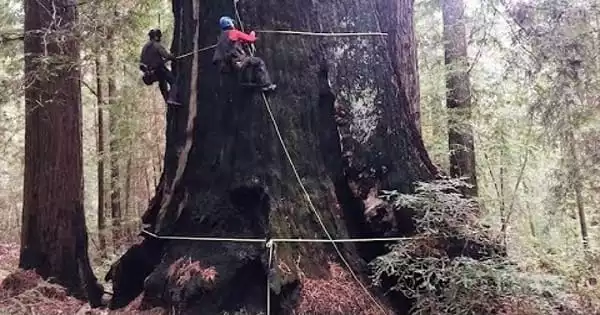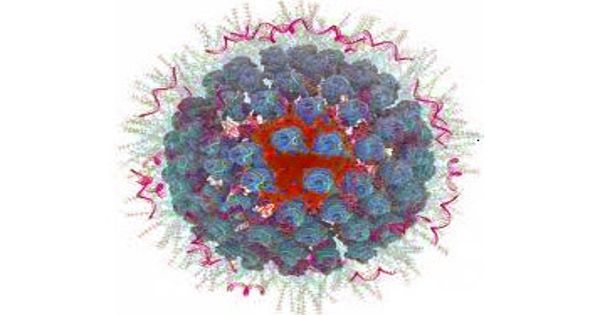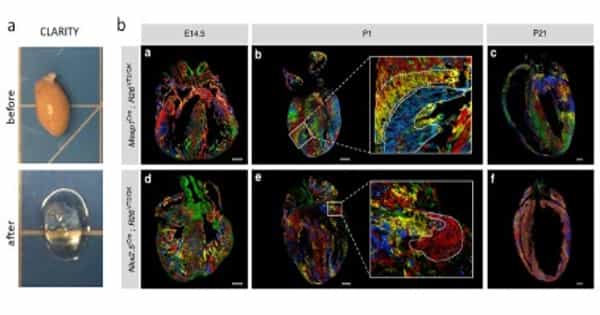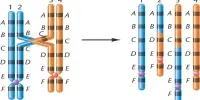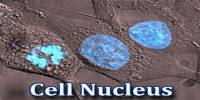Scientists have completed the genome sequences for coast redwood and giant sequoia. The study, which was published this week in the journal G3: Genes, Genomes, Genetics, contributes to a better understanding of the genetic basis for these species’ ability to adapt to changing environments. According to the findings, the coast redwood genome evolved from a single ancestral species.
Researchers from the University of California, Davis, Johns Hopkins University, the University of Connecticut, and Northern Arizona University collaborated on the multiyear project, which was funded by the Save the Redwoods League. The findings lay the groundwork for a better understanding of redwood responses to climate change and pathogens. The completed giant sequoia genome research was previously made available in November 2020 by the research team.
“It’s amazing how far genomics research has come since we took on this challenge in 2017,” said David Neale, emeritus plant sciences professor at UC Davis and lead author on the new coast redwood genome research. “Our research on the genomes of coast redwoods and giant sequoias will allow us to develop modern genetic tools that can be used in the restoration and conservation of these ecologically important tree species.”
In 2017, the league and its research partners launched the Redwood Genome project. The project partners outlined an ambitious plan to use new conifer genetic sequencing techniques to fully sequence the coast redwood and giant sequoia genomes for the first time.
This project’s genomic resources and screening tools will allow researchers to quickly assess the evolutionary adaptive potential of these forests, ultimately informing forest restoration and management plans.
Our research on the genomes of coast redwoods and giant sequoias will allow us to develop modern genetic tools that can be used in the restoration and conservation of these ecologically important tree species.
Professor David Neale
The coast redwood genome
The coast redwood is the tallest tree on the planet, and its genome is one of the most complex sequenced. It is the second-largest genome sequenced and is nearly nine times larger than the human genome. The redwood genome contains 26.5 billion base pairs of DNA and is hexaploid, which means that redwoods have six sets of chromosomes. Humans are diploid, with two sets of chromosomes and 3 billion base pairs of DNA.
When researchers compared the coast redwood genome sequence to that of other conifers, they discovered hundreds of gene families that were unique to the coast redwood. Many are genes that assist trees in responding to and combating stress, resisting disease, and repairing after injury.
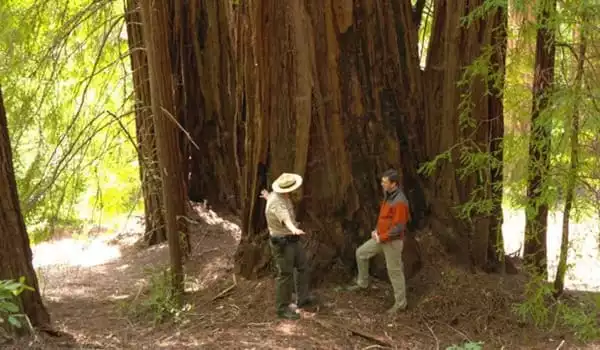
The giant sequoia genome
The giant sequoia is the world’s largest tree species and one of the oldest. According to the research team, its genome contains 8.125 billion base pairs of DNA, as reported in 2020. The giant sequoia genome is diploid, just like the human genome. The reference genome generated for this study is the first in the Cupressaceae family to be sequenced, and it lays the groundwork for using genomic tools to aid in giant sequoia conservation and management.
Conifer genomes are three to ten times larger than human genomes. They are extremely repetitive and complicated. The Norway spruce genome was sequenced in 2013 and the loblolly pine genome was sequenced in 2014, ten years after the human genome was completed.
Due to economic and technical constraints, sequencing conifer genomes was previously not feasible. Ten conifer genomes have now been sequenced, thanks to technological advances that have also reduced the cost.
About the Redwood Genome Project
Commercial logging and clear-cutting have claimed 95 percent of the coast redwood range and roughly one-third of the giant sequoia range in the last 160 years. High-intensity wildfires killed an estimated 10% -14% of giant sequoia in 2020, and in some areas, the seedbank died as well.
In addition, two wildfires burned through large sections of the giant sequoia range in 2021, with mortality from those fires estimated to affect another 5% of mature trees. As a result, both forests have suffered significant losses in total acreage and genetic diversity.
With these significant impacts on both populations, the league is leading restoration projects in both forest ranges. It intends to use this and future genetic research to inform efforts to restore and maintain genetic diversity, as well as to strengthen the resilience of these species in the face of rapid, unprecedented environmental change.
“This ambitious scientific research provides a critical foundation for the League and the entire redwoods community,” said Joanna Nelson, Ph.D., Save the Redwoods League’s director of science and conservation planning. “It will eventually assist us in understanding the incredible range of responses that coast redwood and giant sequoia species have exhibited in the face of climate change, as well as how native genetic diversity has informed these responses. The Redwood Genome Project enables us to see for the first time the full genetic diversity that has allowed these forests to adapt and survive for millennia – and may protect them from a range of conditions they have never encountered.”
